What Should A Good Porcelain Crown Look Like?
D entistry is a unique profession. We don’t just deliver a service, but we also deliver a product. Porcelain crowns, or caps, among many other type of restorations are delivered on a daily basis in a dental practice. So, what makes one dentist different from another? Why does one dentist charge more? What could the big difference be?
entistry is a unique profession. We don’t just deliver a service, but we also deliver a product. Porcelain crowns, or caps, among many other type of restorations are delivered on a daily basis in a dental practice. So, what makes one dentist different from another? Why does one dentist charge more? What could the big difference be?
Here is a quick example of the difference between a good crown and a bad crown.
The sole purpose of a porcelain crown is to repair and preserve the tooth, mimicking its original shape and function. The color should match the existing teeth, so it blends in.
This is what we expect from a GOOD crown:
- Perfect Fit
- Matching contour to the neighboring teeth
- Straight emergence profile from the gum tissue
- Good contact between the teeth and the opposing biting surface
- Good color and stain match to neighboring teeth
Common errors seen in a BAD crown:
- Poor fit of crown – Results in recurrent decay, sensitivity, quick failure of crown.
- Over contoured crown – Results in inflammation around tooth, gum disease, recurrent decay and quick failure of crown.
- Crown fits on tooth like hat on a hat rack – Result is same as #2
- Crown is either too tight between teeth, too light or no contact at all – Results in food impaction, and consequent recurrent decay.
- Crown looks like a marshmallow or corn kernal rather than a tooth.
So now you know what a good crown should look and fit like. Now why are not all crowns made like this? Simply put, making a good crown is an art and requires a high level of skill. It takes time, and time is money.
The dentist needs to deliver a perfectly prepared tooth, a perfect mold of that tooth, and a perfect prescription to what he/she wants from the technician.
The technician needs to perfectly trim the model, perfectly build the crown on the model, and perfectly adjust that crown on the model. Then the dentist needs to try this crown on the tooth first, make any necessary adjustments, and then cement the crown perfectly. There is no room for error!
Preparing the tooth takes time and skill. Taking a perfect mold takes time and skill. The less a dentist gets paid for a procedure the less time he/she can spend on it. It is a simple matter of economics. It is a business. Running a dental practice is very expensive and there is significant cost involved.
Now, once a perfect mold exists the crown needs to be made by a highly skilled technician. The more skill the technician has the higher the cost. It is a very simple formula. You get what you pay for!
All these steps and requirements put together are what it takes to make a good crown. A bad crown is not much better, and sometimes worse, than no crown at all.
Look at the photos and see if you can identify the differences between the good and bad crowns. Then, decide which type of crown you want in your mouth.
Good crown
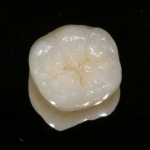
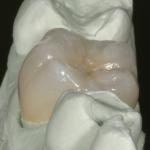
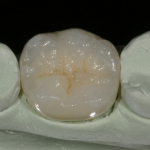
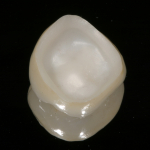
Bad crown


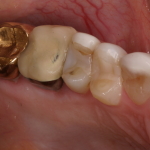
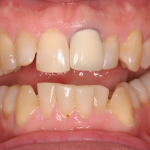
Bron: http://www.idealdentistry.com/
